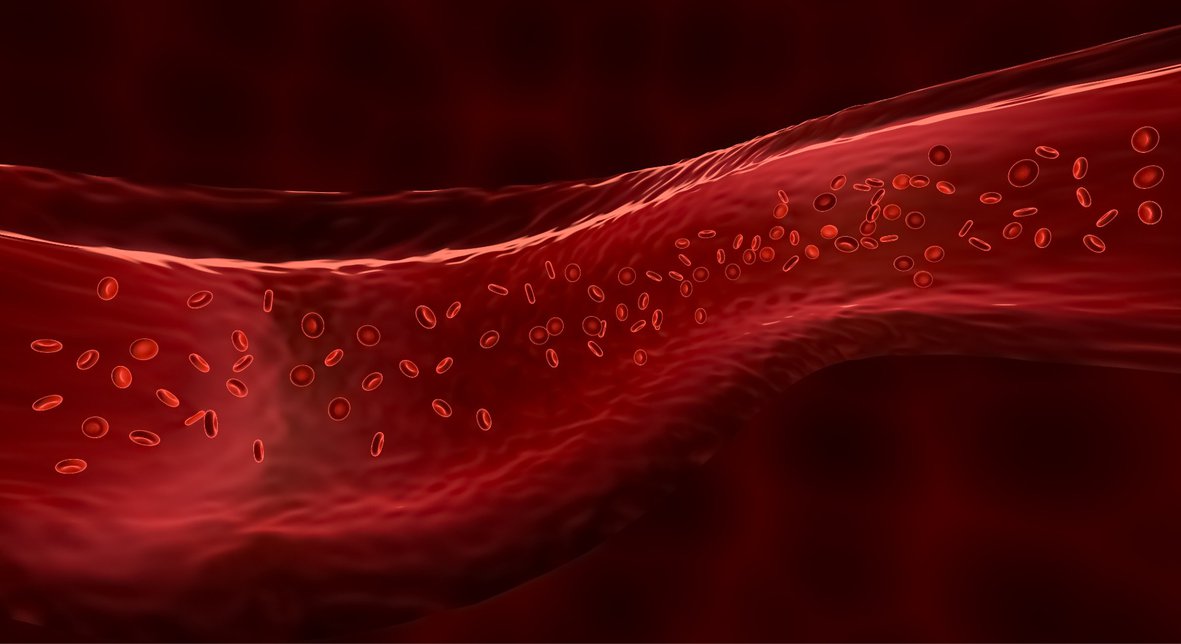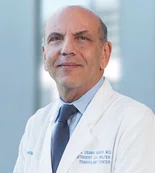
President’s Letter
2023 Metrics
Cycle of Translation
Visionary Gifts

Discovery to Clinic

Innovative Education

Translational Luminaries
Introduction
Jerold B. Katz Academy of Translational Research
Infectious Diseases Research Fund
Houston Methodist Dr. Mary and Ron Neal Cancer Center
Ann Kimball and John W. Johnson Center for Cellular Therapeutics at Houston Methodist
The Food & Health Alliance within the Houston Methodist Lynda K. and David M. Underwood Center for Digestive Disorders, Immunology Center and the Fondren Inflammation Collaborative
Houston Methodist Cockrell Center for Advanced Therapeutics
Paula and Joseph C. “Rusty” Walter III
Translational Research Initiative
COVID-19 Studies
Outcomes Research
Restorative Medicine
Houston Methodist Advances Research into Neural Prosthetics
Noninvasive Spinal Stimulation Works to Restore Movement After Spinal Cord Injury
An Innovative Approach to Treat Even the Most Stubborn-to-Heal Fractures
Cell Encapsulation May Hold the Key to Preventing Cell Transplant Rejection
Houston Methodist, Rice University, Baylor College of Medicine Design Noninvasive Tech to Help Remove Brain’s Metabolic Waste
Houston Methodist Investigators Nanotechnology Investigators Awarded Prestigious Grants from the Department of Defense
Precision Medicine
Cancer Cell Type (Seed) and Tumor Microenvironment (Soil) Control Therapeutic Antibody Delivery and Efficacy
Novel Drug Combination Can Target Triple-Negative Breast Cancer for Treatment
A Houston Methodist and Purdue University Breakthrough May Result in a More Effective Tuberculosis Vaccine
Importance of the Coronary Artery Calcium Score in Risk Assessment and Prevention of Atherosclerotic Cardiovascular Disease
New Virtual Intensive Care Unit Simultaneously Improves Patient Care and Bed Capacity
result
Introduction
Joint Weill Cornell–Houston Methodist Academic Institute Doctoral Program Welcomes its Inaugural Class
Visionary EnMed Program Soars to New Heights
Neural Control of Organ Degeneration and Regeneration (NeuralCODR) Training Program
Faculty and Research Development
Graduate Medical Education



Science in Service
of
Medicineresult
President's letter
2021 Metrics
Cycle of Translation
Visionary Gifts of Hope


Introduction

Ann Kimball and John W. Johnson Center for Cellular Therapeutics at Houston Methodist

Houston Methodist Dr. Mary and Ron Neal Cancer Center

The Food & Health Alliance within the Houston Methodist Lynda K. and David M. Underwood Center for Digestive Disorders, Immunology Center and the Fondren Inflammation Collaborative

Houston Methodist Cockrell Center for Advanced Therapeutics

Paula and Joseph C. “Rusty” Walter III Translational Research Initiative

Jerold B. Katz Academy of Translational Research

Infectious Diseases Research Fund

From Discovery to Clinic


What is "Discovery to Clinic"?

Restorative Medicine


Houston Methodist Advances Research into Neural Prosthetics

Noninvasive Spinal Stimulation Works to Restore Movement After Spinal Cord Injury

An Innovative Approach to Treat Even the Most Stubborn-to-Heal Fractures

Cell Encapsulation May Hold the Key to Preventing Cell Transplant Rejection

Houston Methodist, Rice University, Baylor College of Medicine Design Noninvasive Tech to Help Remove Brain’s Metabolic Waste

Houston Methodist Investigators Nanotechnology Investigators Awarded Prestigious Grants from the Department of Defense

Precision Medicine


Cancer Cell Type (Seed) and Tumor Microenvironment (Soil) Control Therapeutic Antibody Delivery and Efficacy

New Virtual Intensive Care Unit Simultaneously Improves Patient Care and Bed Capacity

Novel Drug Combination Can Target Triple-Negative Breast Cancer for Treatment

A Houston Methodist and Purdue University Breakthrough May Result in a More Effective Tuberculosis Vaccine

Importance of the Coronary Artery Calcium Score in Risk Assessment and Prevention of Atherosclerotic Cardiovascular Disease

Translational Luminaries




Discovery to Clinic

Restorative Medicine
Cell Encapsulation May Hold the Key to Preventing Cell Transplant Rejection
Cell Encapsulation May Hold the Key to Preventing Cell Transplant Rejection

Cell transplantation is a promising option for managing endocrine disorders such as type I diabetes and testosterone deficiency, but the risk of rejection by the recipient’s immune system and the resulting life-long dependency on immunosuppressive drugs has been a major obstacle to long-term success.
In order to protect transplanted cells and improve cell viability, several research groups have tried enclosing the cells within a capsule that acts as a physical barrier. However, issues with inadequate blood supply and oxygen permeability within the capsule have limited their ability to support the transplanted cells.

Alessandro Grattoni, PhD

A. Osama Gaber, MD
A Houston Methodist research team of nanomedicine and cell transplant experts led by Alessandro Grattoni, PhD, the Frank J. and Jean Raymond Centennial Chair in the Department of Nanomedicine, has developed a novel encapsulation platform for transplanted cells called neovascularized implantable cell homing and encapsulation, or NICHE, that directly addresses these limitations.
NICHE is implanted just under the skin, permitting easy access for replenishing transplanted cells or drugs when needed. To create the NICHE platform, the researchers used 3D printing technology because it allows easy customization based on cell type and rapid, cost-effective scalability.
In a preclinical study published in Biomaterials, Grattoni and his team successfully used NICHE to transplant testosterone-producing testicular Leydig cells, offering a potential new treatment option for testosterone deficiency. The NICHE platform effectively established blood supply within the capsule and achieved sustained immunosuppressant delivery. Promisingly, the transplanted cells remained viable for the length of the study. Building upon their work with Leydig cells, the team is evaluating the efficacy of pancreatic islet cell transplantation using NICHE in preclinical diabetes models.
Credit: Biomaterials
Fig. 1. NICHE deployment strategy. (A) Mesenchymal Stem Cells (MSCs) hydrogel-filled NICHE is implanted in a subcutaneous pocket to stimulate vascularization. (B) Prevascularization phase, with blood vessel formation across the cell reservoir. (C) Transcutaneous loading of immunosuppressant into NICHE drug reservoir using loading and venting needles. Needles are advanced into the NICHE drug reservoir through self-sealing silicon ports. Upon drug loading, the venting needle permits flushing of the reservoir and removal of entrapped air or liquid. (D) Transcutaneous transplantation of cells into the vascularized and immunosuppressed cell reservoir using a needle connected to a cell-loaded syringe.
More from Discovery to Clinic









